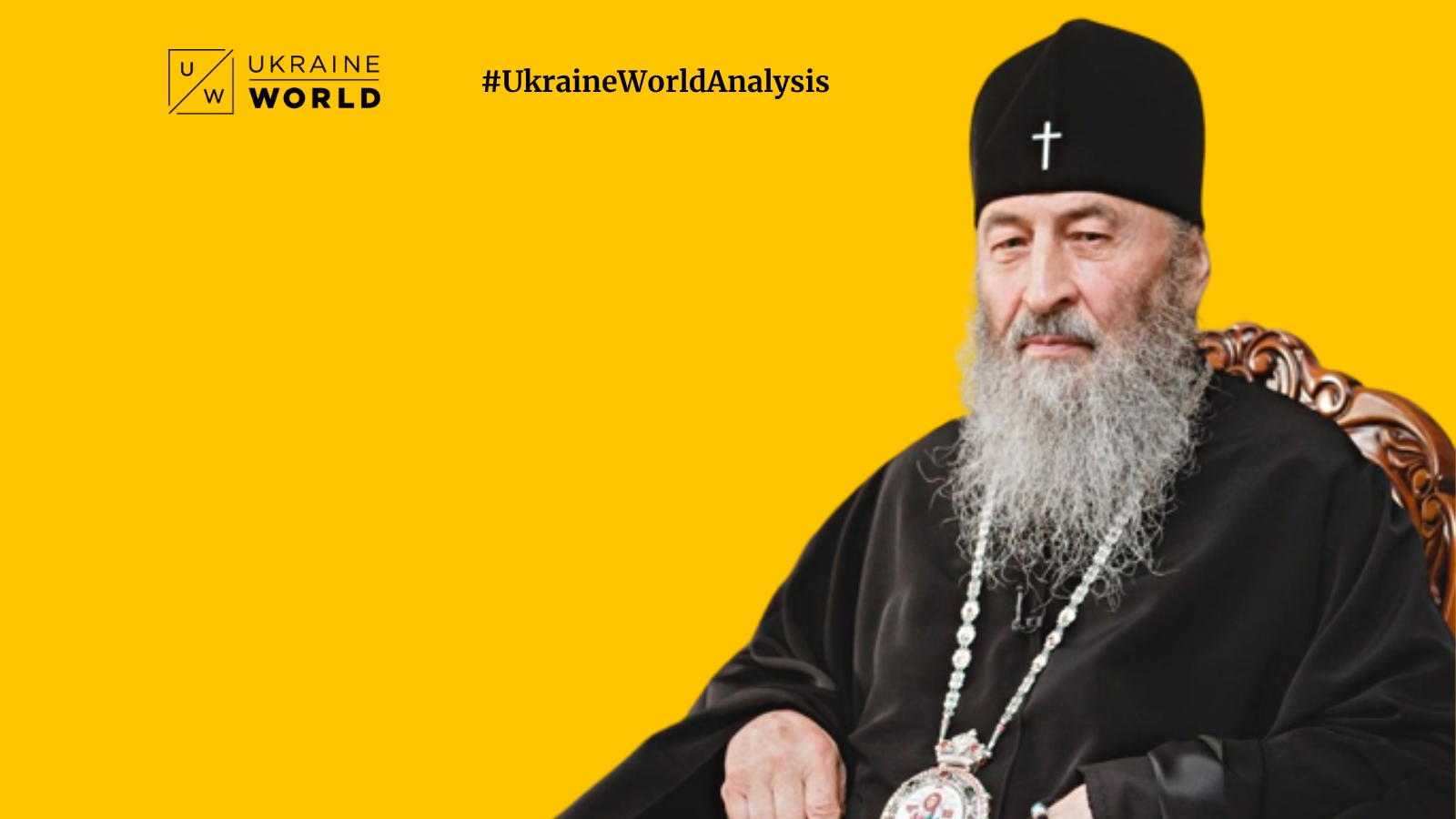UkraineWorld spoke to Archimandrite Cyril Hovorun, Professor in Ecclesiology, International Relations and Ecumenism.
Key points – in our brief, #UkraineWorldAnalysis:
1. The role of the UOC (MP) in Ukraine
- The Ukrainian Orthodox Church (Moscow Patriarchate), or the UOC MP, is a large religious structure. There are disagreements between the believers and clergy in this church who support Ukraine on the one hand, and the episcopate, which is dominated by passive or active sympathy for the "Russian world".
- There are also Ukrainian patriots among the bishops of the Ukrainian Orthodox Church who are against the Russian Orthodox Church's support for the war, but they do not constitute a majority. The leadership of the UOC is a triumvirate consisting of Metropolitan Onufriy, who is the head of this church, Metropolitan Antony Pakanich, who was recently sanctioned by the National Security and Defense Council, and Russian-born oligarch ex-deputy Vadym Novinsky, who recently became protodeacon of the church. This triumvirate directs the UOC MP.
- Ukrainian society often sees the Ukrainian Orthodox Church as a monolithic structure, and when investigations find compromising materials sympathetic to the aggressor and evidence of collaboration, the conclusions are extrapolated to the entire church, which is not correct. It is important to differentiate here. There is a fifth column in the UOC, but we cannot say that the entire UOC is a collaborative structure.
2. Political and canonical aspects of the UOC MP
- The UOC declares that it has separated from Moscow. While this is the message that the Church promotes in Ukrainian society, it is only partly true. In other contexts, outside Ukraine, the Ukrainian Orthodox Church sometimes promotes the fact that it is a part of the Russian Orthodox Church.
- This became particularly evident when the SBU found the correspondence of Metropolitan Meletiy, the head of the Department of External Relations of this church, with hierarchs in Germany, where he directly affirms belonging to the Russian Orthodox Church. That is, they promote one version in Ukraine, and another abroad.
- From the point of view of global Orthodoxy (the Patriarchate of Constantinople, the Patriarchate of Alexandria, etc.), the UOC is only the diocese of the Russian Orthodox Church. From a canonical point of view, the UOC remains a diocese of the Russian Orthodox Church in Ukraine.
- Those within the Ukrainian Orthodox Church who have acted as collaborators should be punished according to the law. However, the UOC itself as an overall structure can hardly be held responsible, because it does not exist as a legal entity in Ukraine. Individual communities and dioceses have legal status. Incitement of enmity, collaborationism, and anti-Ukrainian propaganda should also be included in the legal criteria for evaluating any individual actions.
3. On the means of consolidation of Ukrainian Orthodoxy
- Many factors stand in the way, first and foremost the leadership of the UOC, which is not ready for dialogue. The state should facilitate the dialogue, but of course not impose it, because in our country the state is separated from the church. The Ecumenical Patriarch Bartholomew and other Orthodox churches that have recognized the Orthodox Church of Ukraine (the autocephalous church recognized in 2019 when it was granted separation from the Moscow Patriarchate) could be mediators to facilitate the rapprochement of the two churches.
- In order to consolidate Ukrainian Orthodoxy, it is necessary to conduct change within the UOC, separating collaborators from believers with a pro-Ukrainian position. For a long time, the UOC promoted the idea of its canonical unique purity through propagandistic church media, for example, the Union of Orthodox Journalists, raskolam.net, and prav.life, which created an information bubble in which UOC believers became trapped.
- There is the option of a structural union, under which certain church structures and dioceses entering into communication with the OCU are preserved. It may be a federated form, as the movement towards a unitary church is complex.
DARIA SYNHAIEVSKA, ANALYST AND JOURNALIST AT UKRAINEWORLD
Cyril Hovorun, Professor in Ecclesiology, International Relations and Ecumenism at the Sankt Ignatios College, University College Stockholm
This material was prepared with financial support from the International Renaissance Foundation.

